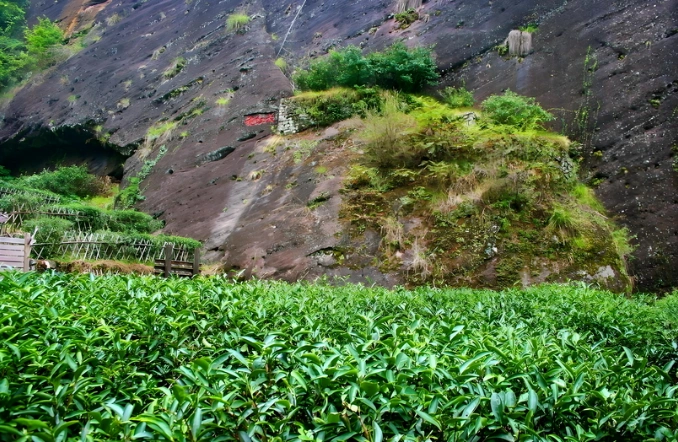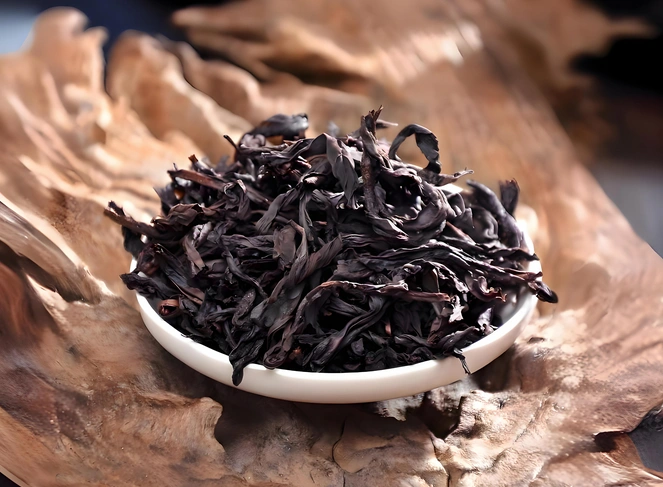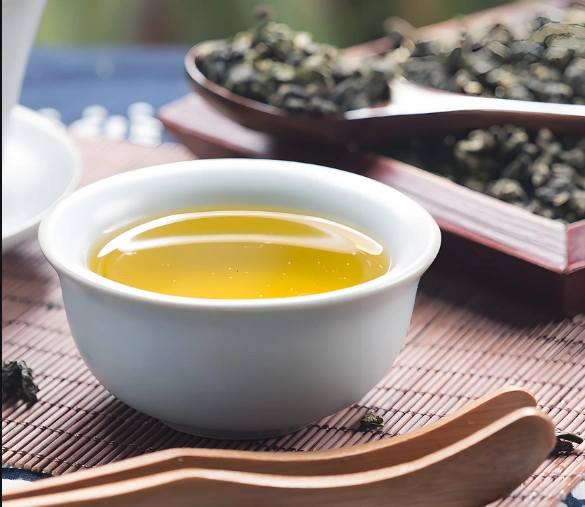Oolong tea caffeine vs coffee sparks a delightful debate for anyone craving a morning lift or afternoon refresher. Picture two steaming mugs: one pours dark, robust coffee, its aroma rich with roasted beans; the other offers a translucent amber infusion, fragrant with floral and toasty notes.
With each sip of oolong tea, you feel a gentle clarity wash over you—alert, but calm—while coffee’s bold surge can sometimes jolt then crash. In this article, we’ll compare oolong tea caffeine vs coffee—from caffeine content and onset to health impacts and brewing tips—so you can choose the perfect energizing ritual for your mind and body.

Why Caffeine Matters: Benefits and Drawbacks
Caffeine is nature’s stimulant, blocking adenosine to reduce fatigue and boost alertness. Benefits include:
- Increased focus
- Enhanced mood
- Temporary metabolic lift
Yet too much can cause:
- Jitters and anxiety
- Heart palpitations
- Afternoon crash
- Sleep disruption
Balancing caffeine intake is key, and understanding oolong tea caffeine vs coffee empowers you to harness energy without unwanted side effects.
Caffeine Content Comparison
| Beverage | Typical Caffeine (8 oz / 240 ml) |
|---|---|
| Brewed Coffee | 95–165 mg |
| Black Tea | 40–70 mg |
| Green Tea | 20–45 mg |
| Oolong Tea | 30–60 mg |
Oolong sits comfortably between green and black tea, offering a moderate lift compared to coffee’s robust dose.
Oolong Tea Caffeine Content: What to Expect
Oolong tea caffeine content varies by:
- Oxidation level: Lightly oxidized leaves may release caffeine faster.
- Leaf grade: Buds and young leaves contain more caffeine.
- Brewing: Hotter water and longer steep times draw out more caffeine.
Expect 30–60 mg per cup—enough to awaken your senses without overstimulation.
Coffee Caffeine Profile: Standard Ranges
Coffee’s caffeine can range dramatically:
- Espresso (1 oz shot): 63 mg
- Americano (8 oz): 75–150 mg
- Drip coffee (8 oz): 95–165 mg
This spike delivers a swift wake-up but often leads to a mid-day slump—the infamous “coffee crash.”

Oolong Tea as Coffee Alternative: Pros and Cons
Pros
- Gentler lift: Smooth onset reduces jitters.
- Sustained energy: L-theanine in oolong promotes calm focus.
- Flavor journey: From floral highs to toasty finishes, exploring varieties like Tieguanyin oolong tea or Wuyi rock oolong tea delights the palate.
Cons
- Lower peak: May not suffice if you need an intense jolt.
- Longer brew: Requires more ritual than a grab-and-go espresso.
For many, oolong tea as coffee alternative strikes the perfect balance between calm and clarity.
How Caffeine Affects Your Body Differently
Onset & Duration of Energy
- Coffee: Rapid spike within 15 minutes, peaks around 30–60 minutes, declines sharply.
- Oolong: Gradual rise, sustained plateau over 2–4 hours, gentler descent.
Crash vs. Sustain
- Coffee crash: Abrupt energy drop often accompanied by irritability.
- Oolong sustain: Soft landing, minimal rebound fatigue.
Oolong Tea for Office Workers: Sustained Focus
Busy professionals thrive on oolong tea for office workers:
- Mid-morning clarity: Replace sugary snacks with a 3-minute steep of Light Roast oolong tea.
- Afternoon reset: A second cup wards off the post-lunch lull without nerve jangling.
- Mindful break: Tea rituals encourage brief pauses—vital for productivity and well-being.
Keep a thermos of your favorite Phoenix Dan Cong oolong tea or medium roast blend at your desk for on-demand rejuvenation.
Brewing Methods to Control Caffeine Levels
Fine-tune oolong tea caffeine vs coffee by adjusting your brew:
- Water temperature: 90–95 °C preserves gentle flavors; hotter water (100 °C) yields more caffeine.
- Steep time: 1–2 minutes for lighter lift; 3–4 minutes for stronger infusion.
- Multiple infusions: Gongfu style yields layered caffeine release—short early steeps for moderate energy, longer later steeps for richer antioxidants.

🔗 To learn more about how to make tea, check out Tanbiwencha’s YouTube video explaining how to make tea.
Health Impacts: Antioxidants and Beyond
Beyond caffeine, oolong brims with:
- Polyphenols: Theaflavins & thearubigins fight free radicals.
- Metabolic support: Polyphenols boost oolong tea and metabolism.
- Gut comfort: Warm tea soothes, echoing oolong tea for digestion benefits.
- Weight management: Synergy with oolong tea weight loss protocols to increase fat oxidation.
Coffee offers antioxidants too, but lacks L-theanine’s calming synergy, making oolong a holistic choice.
Choosing the Right Brew: Light vs. Dark Oolongs
| Brew Style | Flavor & Caffeine Profile |
|---|---|
| Light Roast Oolong Tea | Floral, higher caffeine release, brisk lift |
| Medium Roast | Balanced aromatics, moderate caffeine |
| High Fire Oolong Tea | Rich roast notes, slightly lower caffeine extract |
Experiment to discover your ideal flavor-energy nexus.
Tips for a Balanced Caffeine Routine
- Limit total intake: Combine coffee and tea mindfully to stay under 200 mg/day.
- Hydrate: Counteract mild diuretic effect with water.
- Listen to your body: If jittery, shorten steep or switch to lower-caffeine tea.
- Quality matters: Choose whole-leaf oolong from reputable sources.
Conclusion & First-Sip Recommendations
Balancing oolong tea caffeine vs coffee means matching your energy needs to your lifestyle. Start your day with a bold espresso or Americano; transition to a Light Roast Tieguanyin for late-morning focus; and sip a medium roast Wuyi rock oolong post-lunch to sustain calm energy. For office warriors, keep a pot of oolong tea for office workers handy—transitioning from coffee’s rapid spike to oolong’s smooth plateau can revolutionize your productivity and well-being. Raise your cup to mindful energizing—cheers to clarity, calm, and flavorful vigor!



